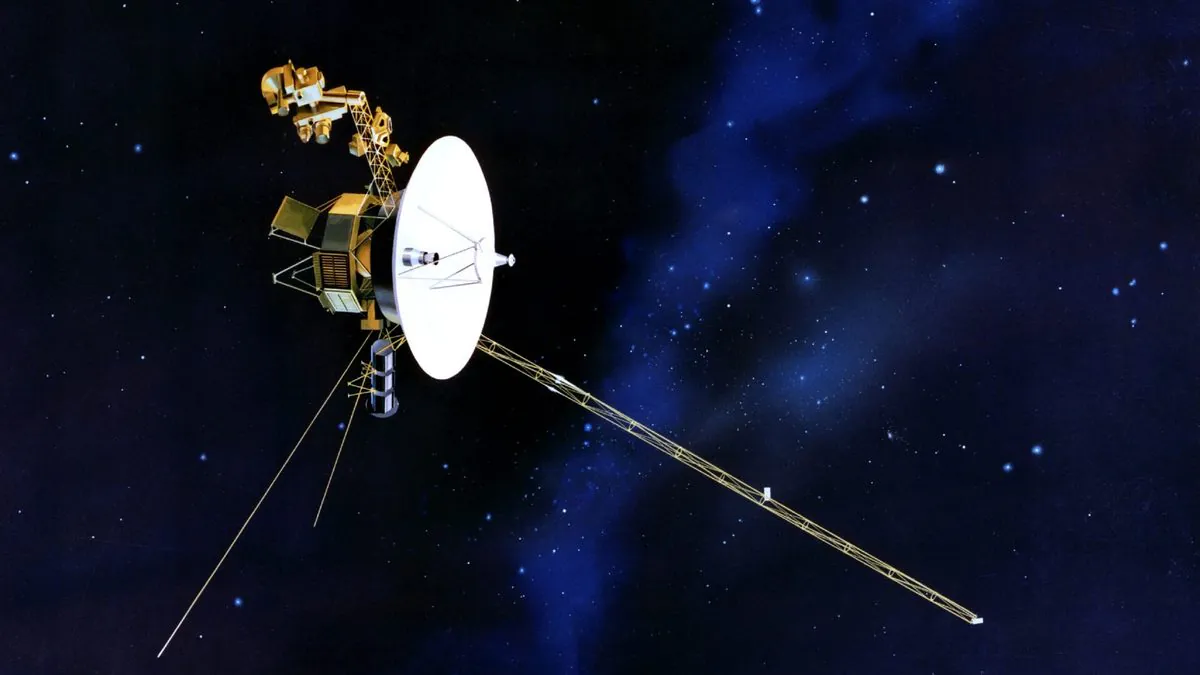
NASA reported that the Voyager-1 probe, the most distant of all Earth probes to enter interstellar space, has recently started sending nonsensical data sets to Earth. The problem was traced back to the onboard computer, which collects data packets with telemetry and scientific instrument readings. Its solution has not yet been found.
The NASA Voyager 1 probe is located at a distance of approximately 24 billion km from us. Its twin, Voyager 2, has moved 19 billion km away from Earth. Signals to each of them go, respectively, at 22.5 hours and 18 hours. It takes up to 45 hours, or almost two days, before NASA engineers can see the probes’ reaction to one or another command, which, to put it mildly, does not speed up the resolution of problems that are increasingly occurring in 46-year-old spacecraft.
Voyager 1’s onboard equipment started malfunctioning about a year and a half ago. The apparatus began to transmit “wrong” telemetry to Earth. Nothing had changed in his flight program, but the telemetry data said otherwise. Later it turned out that the on-board system, instead of transmitting commands for execution, recorded them in the on-board computer’s memory instead of working them out. The reason for this was not found, but performance was restored. A software patch has been prepared to prevent this problem from recurring in the future. It was supposed to be the first to be installed on Voyager-2 as a less valuable device from the point of view of collecting scientific data (it has not yet flown that far). Whether the patch was installed on Voyager 1 is unknown.
Voyager 1’s flight data processing system (FDS) collects onboard engineering information and data from the spacecraft’s scientific instruments. It then transmits the compiled packets to the probe’s Telecommunication Unit (TMU). According to the analysis, the packets from the FDS no longer reach the TMU, and the latter sends a repetitive and meaningless set of zeros and ones to Earth. NASA specialists continue to look for a solution to the problem, but the 50-year-old documentation is unlikely to find any clues, the agency complains.
Read also:
Leave a Reply